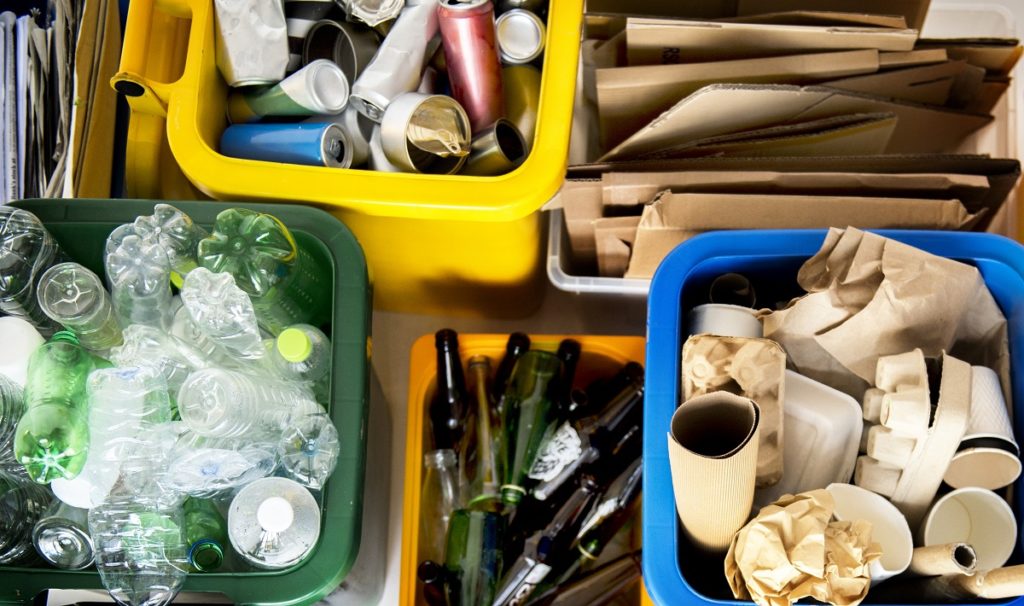Whenever you buy metal products in Utah, Nebraska, Ohio, or anywhere else in the United States, always keep in mind that all the metal waste you produce can be sent to a recycling facility for recycling and repurposing. This way, we minimize soil contamination (as most waste metal is sent to landfills) and the depletion of natural resources.
Why should we recycle metal?
Metal waste, especially steel, can be recycled over and over without any loss of its qualities or properties. For this reason, scrap metals have a good resale value which drives people to collect and sell it to recycling facilities and operations.
There are also environmental advantages of recycling waste metal. As the need for raw materials is lesser, the depletion of natural resources is significantly lowered. It also takes far less energy used to recycle any material compared to the manufacture of virgin raw materials. The emission of carbon dioxide and other harmful gases from recycling is also significantly lower.
Lastly, manufacturing businesses reduce their production costs while recycling facilities create jobs for people.
Types of recyclable metal
There are two classifications for recyclable metals: ferrous and non-ferrous.
Ferrous materials include steel (both carbon and alloy), cast iron, and wrought iron, all of which are combinations of iron and carbon.
Non-ferrous materials, on the other hand, include tin, zinc, copper, lead, aluminum, and precious metals such as gold, silver, palladium, iridium, and platinum.
Steps to recycling metal
 1. Collection
1. Collection
Scrap metal collectors bring waste metal to junkyards in exchange for a certain amount since it has a good resale value. These are then gathered by trucks and sent into recycling facilities.
2. Sorting
The process of segregating and sorting different types of metals are done with magnets and sensors.
3. Processing
The different types of metals are shredded for easier melting which requires lesser energy consumption. Aluminum is transformed into thin sheets while steel is converted to blocks.
4. Melting
The scrap metals are then taken into different large furnaces specifically designed for different types of metals. As mentioned, the process of recycling metals uses far lesser energy compared to producing new virgin raw materials. Based on several factors, like the amount of metal, the degree of heat, and the size of the furnace, the melting of metals could take anywhere from a few minutes to a few hours.
5. Purification
This step is crucial to ensure that only the purest form of metal is produced, free from any contaminants, to preserve its qualities and properties.
6. Solidifying
After the purification process, the melted metal is then transported via conveyor belts for cooling and solidifying. This is when they are formed and molded into different shapes for producing different metal products
7. Transporting
Once the metal has cooled and solidified, they are ready for distribution to factories for use as raw materials in producing new metal products.
Recycling metals has become quite a lucrative business that shows even greater promises and benefits for both the industry and the environment.

